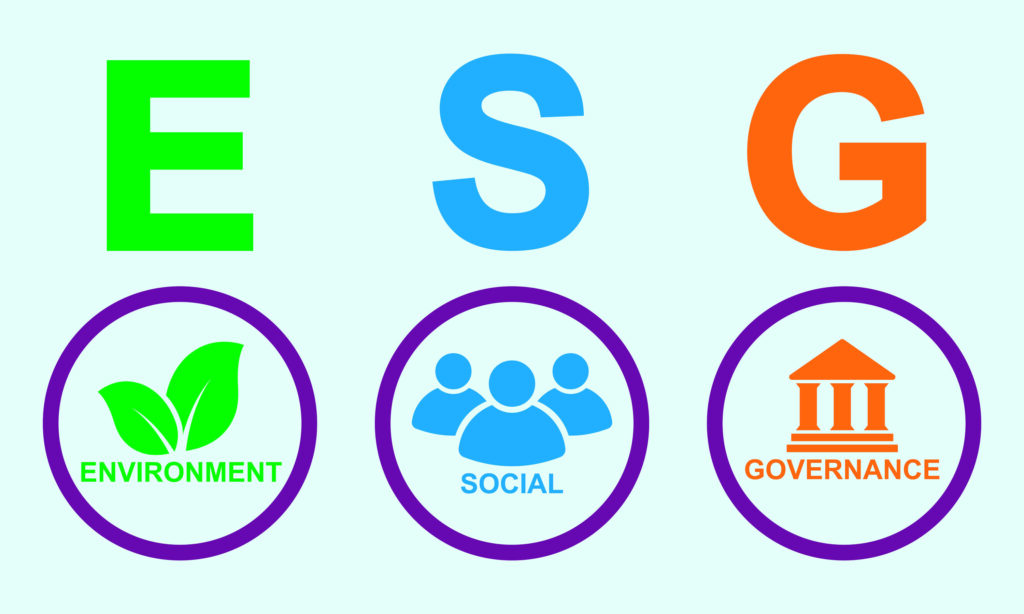foreword
“Welcome to our ESG series. In this article, we discuss what industrial companies can do to ensure the long-term sustainability of their businesses.””
ESG has been around for decades and has changed considerably over that time.
ESG has been around since the 1950s, but it has changed a lot since then. In fact, you may not even know that some of your favorite companies are using ESG as part of their business strategy and continue to develop ESG as an integral part of their companies.
It's important to understand how ESG has evolved over time so you can ensure you have the most complete picture of what it means for your organization today and where it might go in the future.

1. What is ESG?
First of all, we must first understand, what is ESG? He is an acronym for "environment (E, environment), society (S, social) and governance (G, governance). It is an acronym for assessing a company's sustainability by examining its social and environmental impacts and management practices. persistent approach.
The concept of ESG has actually existed for a long time. According to sources, ESG has been around since at least the 1980s. But it has become more popular recently, as ESG-conscious investors want to learn more about how a company is managed before investing in it.
2. What are the most common risks faced by industrial enterprises?
Most industrial companies face various risks. These can be divided into two broad categories.
- Climate change and environmental risk. The most important risk in this category is climate change, which can lead to extreme weather events such as droughts, floods, and heat waves that can disrupt the operations of your company's facilities. Other environmental risks include water scarcity or pollution; air pollution from nearby factories; nearby hazardous waste disposal sites; land degradation from deforestation or other forms of soil erosion; : coral bleaching due to rising ocean temperatures).
- Social Risk – If you operate in a country with high levels of poverty or income inequality, such as Africa, social unrest could affect your business as it limits the roads and ports needed to get your products overseas, at key points in the production line Time creates delays, resulting in lower-than-anticipated revenues during periods when these disruptions are frequent and last longer than a year, such as two years. This can happen anywhere, but it depends on how prepared the company is before investing in a new market/country, as they don't yet know what problems will arise once they start operating there, so before signing off with local government officials on any Before signing a contract, be sure to confirm it first!
3. How to assess and manage these risks?
Risk assessment is a process that helps determine the probability and impact of a risk. Risk management involves reducing, transferring or avoiding risk. Risk management is an ongoing process that requires the participation of all stakeholders to be effective. About ESG
Risk management should always be viewed as a continuous assessment and verification process, as it can never be 100% complete.
There will always be new risks emerging in the process of developing ESG, and changing circumstances that require updated approaches to assessing or managing existing risks (e.g. new legislation).
4. What is the best way to convey this information to investors?
1. ESG is a great way to communicate with investors.
2. ESG is often used to communicate with investors.
3. Investors can use ESG to understand the risks of the companies they invest in.
Conclusion - There are many things investors can do to ensure that the investments they make are aligned with their values.
ESG data can be used by investors to make better investment decisions. It provides a big picture of the risks and opportunities associated with investing in companies, enabling investors to make more informed decisions about where their money goes.
Investors should be aware of the potential impact ESG factors can have on their investments, for example, how climate change could affect profitability or even whether an industry is likely to survive in the long run.
ESG is an important part of sustainable investing, and it's not just about the environment. It also refers to how companies treat their employees, suppliers and the communities in which they operate. ESG helps investors make better decisions about where their money goes by informing them of these issues so they can see if there are any issues before making an investment or buying a company's stock.
Further reading:
